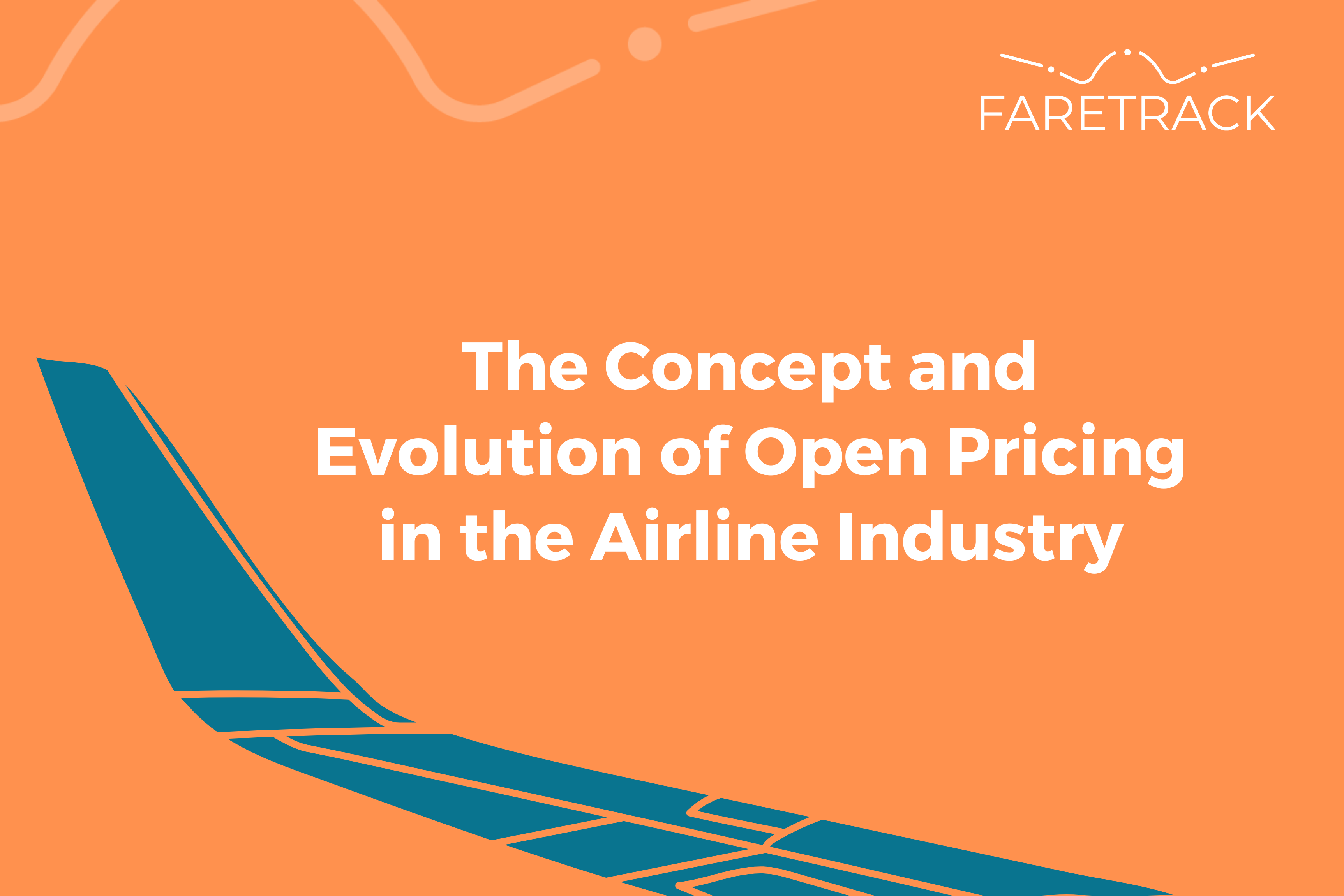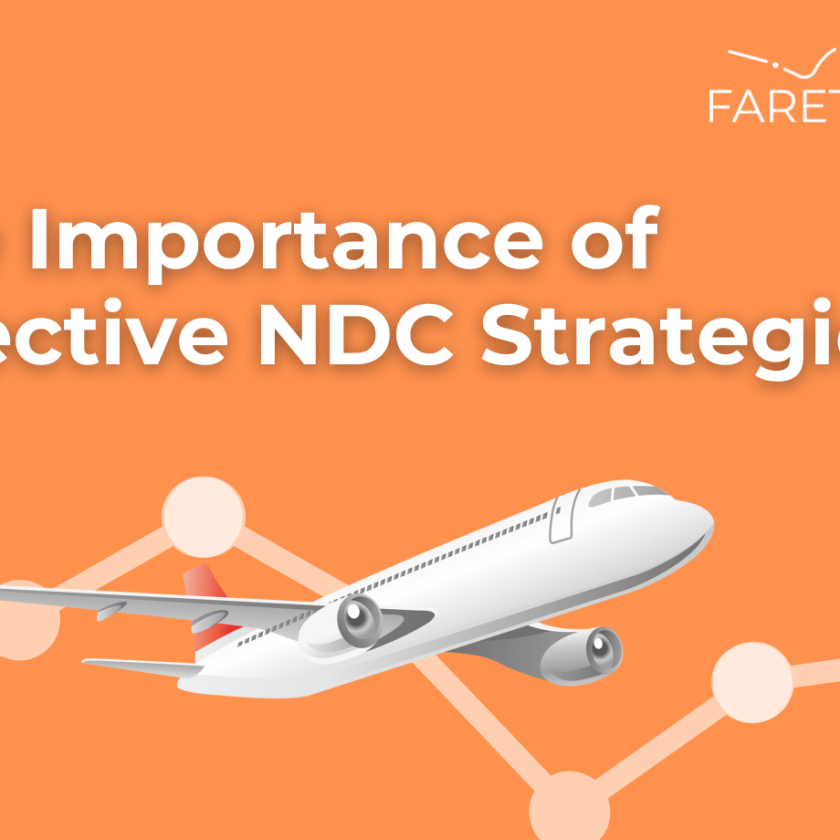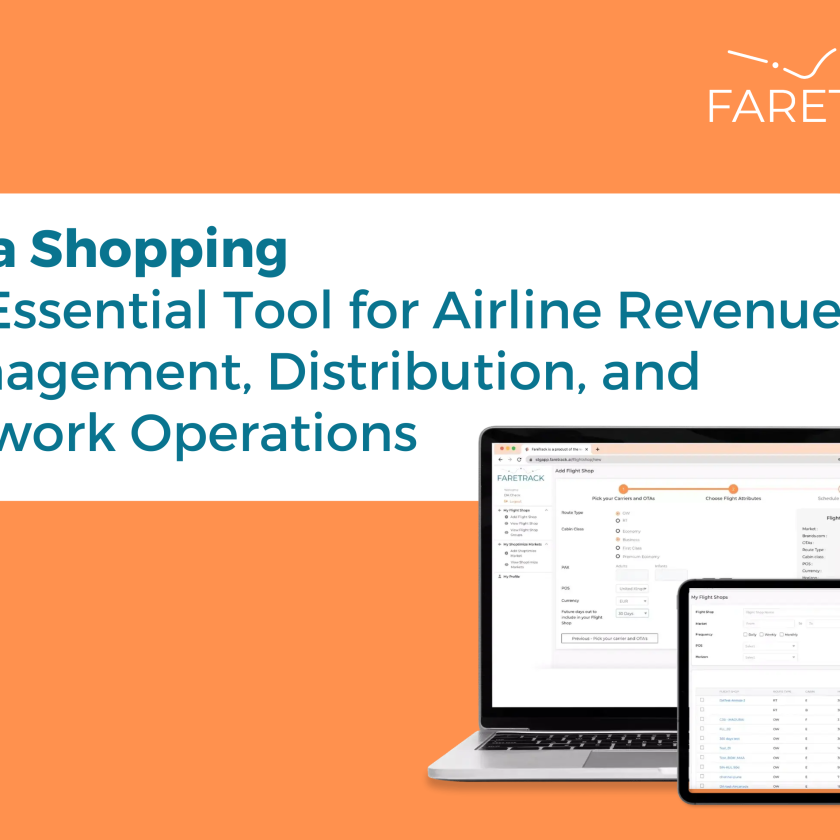In recent months, the FareTrack team have spoken to many airline revenue managers about their revenue management strategies, and one key area that has been a frequent topic of discussion is the concept of open pricing.
Unlike traditional methods, Open Pricing allows airlines to adjust fares dynamically in response to market demand, competitor pricing, and individual customer profiles. This flexibility promises a more tailored and optimized pricing strategy for airlines, departing from the rigid approaches of the past.
The Evolution of Pricing Strategies
The journey towards Open Pricing began with the deregulation of the airline industry, which led to the development of yield management systems. These systems marked the initial step towards dynamic pricing models. However, it was with the advancement of technology that Open Pricing emerged as a viable strategy for airlines.
Key Factors Driving Open Pricing
Several factors have propelled the adoption of Open Pricing:
Market Demand: Modern consumers seek personalized experiences, including pricing. Open Pricing enables airlines to meet these expectations by offering fares that reflect real-time market value.
Technological Advancements: The growth of data analytics equips airlines with the tools to analyze vast amounts of data in real-time, essential for implementing Open Pricing strategies.
Competitive Landscape: With the rise of low-cost carriers and increased fare transparency through online platforms, airlines face constant pressure to competitively price their seats. Open Pricing provides the agility needed to thrive in this competitive environment.
Understanding Open Pricing vs. Traditional Pricing
In contrast to traditional pricing, which relies on predefined fare classes and static pricing structures, Open Pricing introduces a dynamic and fluid approach. It allows for real-time adjustments based on market demand, competitor pricing, and individual customer value. This model offers flexibility and responsiveness, leveraging analytics to optimize revenue on a per-seat basis.
Challenges of Traditional Pricing Models
Traditional pricing models, relying heavily on Global Distribution Systems (GDS) and the Airline Tariff Publishing Company (ATPCo), faced limitations in terms of speed and flexibility. Every price change required filing with ATPCo, leading to delays in implementation and hindering airlines’ ability to react quickly to market changes. Additionally, the regulatory environment further complicated fare changes, adding layers of complexity and costs for airlines.
Embracing Open Pricing for the Future
Despite the challenges, the airline industry is gradually embracing Open Pricing as a more dynamic and responsive approach to revenue management. Advances in technology, including the rise of New Distribution Capability (NDC) and direct digital channels, have enabled airlines to overcome traditional constraints and offer more personalized pricing and product offerings to consumers.
Explore Further: Download our eBook on Open Pricing
For a deeper understanding of Open Pricing and its implications for the airline industry, we invite you to download our eBook. Discover how Open Pricing is reshaping the future of air travel and unlocking new possibilities for airlines and travelers alike.




